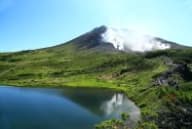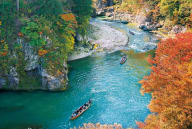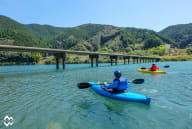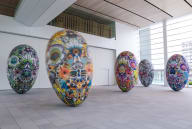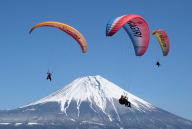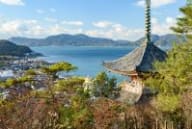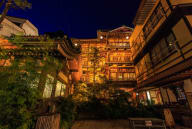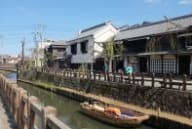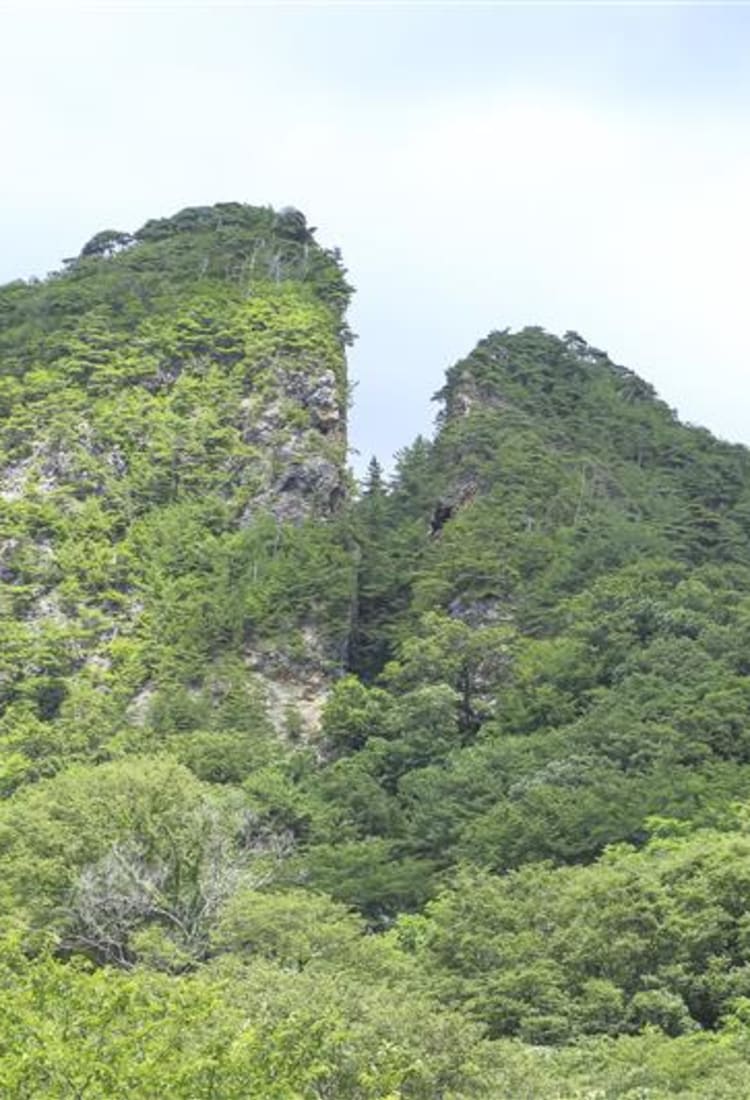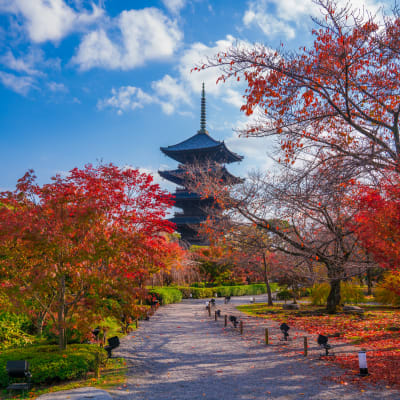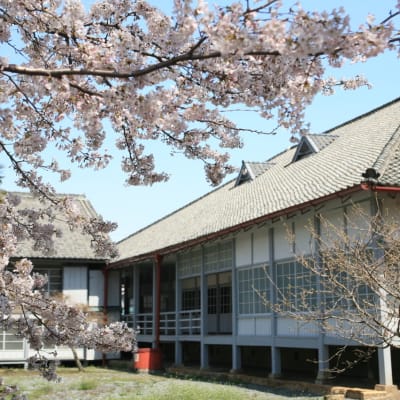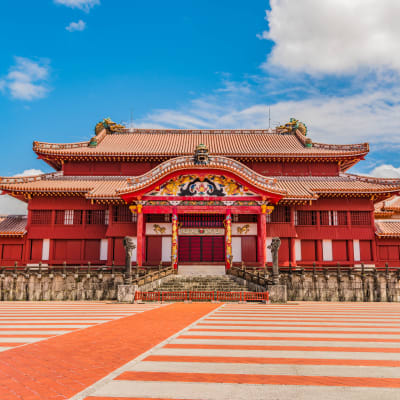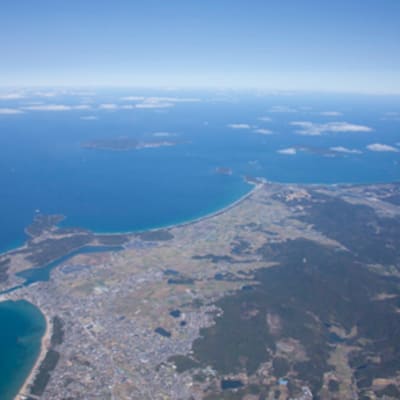• OVERVIEW
The Sado Island Gold Mines , established in 1601, stand as one of Japan's most historically significant gold and silver mining sites.
This vast operation was once essential to Japan's economy, especially during the Edo Period (1603–1867). Over its 400-year history, the mines evolved from manual labor to mechanized techniques, marking milestones in mining technology. Today, visitors can explore preserved tunnels, smelting facilities, and worker residences, all designated as Important Cultural Properties, providing a rare glimpse into Japan's rich industrial heritage.
Highlights
See how gold and silver ores were mined throughout the ages
Explore the preserved Edo-period and modern mining tunnels
Enjoy hands-on workshops and make unique souvenirs
Japan's historic mines designated as a World Heritage Site
The Sado Gold Mines have a rich history of more than 400 years, dating back to 1601 when it was founded. In 1603, the Tokugawa shogunate took direct control of the mines, making their gold coin production a vital asset for the shogunate's finances.
In 1869, the mines came into government ownership, inviting Western engineers to modernize and mechanize operations. By 1889, it was managed by the Imperial Household Agency, serving as a model for Japan's industrial modernization. Later, in 1896, it was sold to a major private corporation, becoming Japan's largest gold and silver mine. However, due to resource depletion, operations ceased in 1989.
The Sado Gold Mines provide visitors the opportunity to explore a globally recognized heritage site steeped in history and cultural significance. Tour the well-preserved smelting and processing buildings to see how gold and silver were extracted and refined.
Technological development and journey through time

Step back in time at the Sado Gold Mines, and explore one of Japan's remarkable historical treasures. These mines, entirely operated through manual labor until the mid-19th century, reached extraordinary levels of gold production during the 17th century, rivaling some of the best in the world.
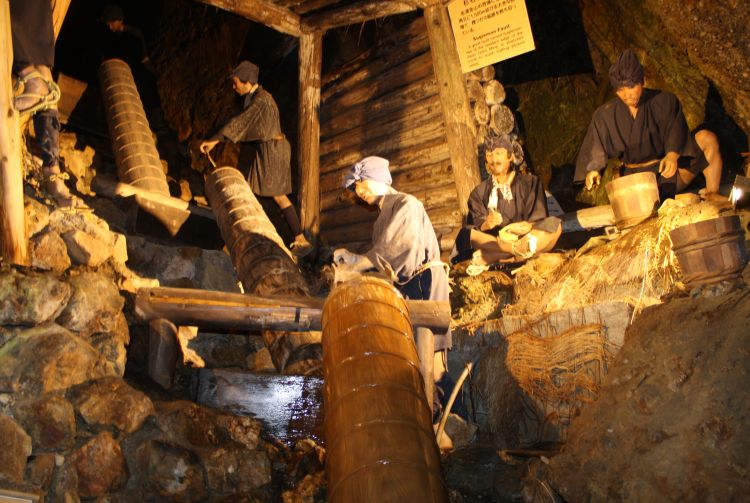
Explore the preserved Edo Period and modern mining tunnels, showcasing traditional and mechanized mining techniques. Visitors can learn about 400 years of mining history through interactive exhibits, models, and displays of historical mining equipment.
There are several different courses and activities for visitors to discover when visiting the Sado Gold Mines, including family-friendly attractions and hands-on workshops.
As you wander down the mining tunnels, you'll walk in the footsteps of the miners and get a sense of what it was like to work here. Visitors can also challenge themselves by trying to lift replica gold bars to see how heavy they are, and touch a real gold nugget.
The “Doyu no Warito”, a striking V-shaped valley carved entirely by hand, is a must-see. This dramatic feature showcases the sheer effort involved in the mining process. Many of the facilities here, including the mineshafts, trolleys, and crushing plants, remain as they were when they were in operation.
Gold from Sado Island is believed to have been used throughout Japan during the Edo Period to adorn opulent temple gates, sliding doors, and intricate decorations that represent the splendor of the era. The gold from these mines was even used in constructing iconic landmarks like Nijo Castle in Kyoto Prefecture and the Yomeimon Gate at Nikko Toshogu Shrine in Tochigi Prefecture.
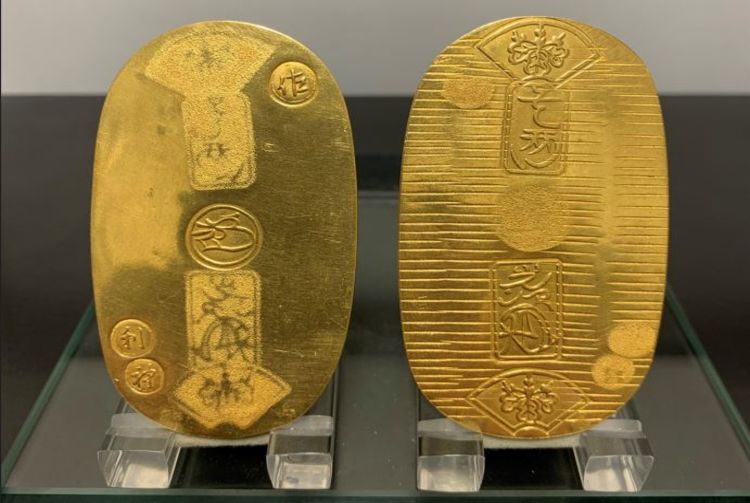
While exploring the site, you'll also learn how gold here was transformed into koban coins, an oval-shaped currency cherished by samurai and elites during the Edo Period.
In the Sado Gold Mines' exhibition halls, visitors can easily understand the process of mining, smelting, and making gold through models and picture scrolls.
Whether you're fascinated by history, culture, or engineering marvels, a visit to the mines is a journey into the heart of Japan's golden past.
Scenic surroundings

Enjoy the natural beauty of Sado Island with its stunning coastal views, forests, and hiking opportunities. Sado Island has 280 kilometers of coastline, with plenty of breathtaking landscapes to discover. Cycling, camping and watersports are popular activities here to enjoy whilst admiring the scenery.
Sado Island is famous for its picturesque beaches, clear sea waters, and rocky shores. One of the most unique ways to experience this coastal beauty is by riding in a “tarai bune ” —a traditional wooden tub boat. These boats are crafted from large barrels that were historically used to store goods like miso paste.
As people migrated to Sado Island to work in the gold and silver mines, terraced rice fields were created to boost rice production and sustain the growing population. Today, these cascading paddies can be seen across the island, their colors shifting from vibrant green to golden yellow with the seasons.
For visitors traveling to Sado Island by car, a drive along the Osado Skyline mountain road is a must. This scenic, winding route offers breathtaking panoramic views of the island and sea, leading travelers directly to the historic Sado Gold Mines.
How to Get There
How to Get There
Sado Island is located off the coast of Niigata Prefecture and can be accessed by taking a ship from Niigata Port on the mainland to Ryotsu Port on Sado Island or Naoetsu Port on the mainland to Ogi Port on Sado Island.
There are three options available in total for access from the mainland, including the car ferry from Naoetsu Port on the mainland to Ogi Port on Sado Island. (The car ferry service between Naoetsu Port and Ogi Port in Sado City is suspended during the winter season.) If taking a car to the island, then the car ferry takes two and a half hours. A faster option is to take the jetfoil, a high-speed ship that reaches Sado Island in 67 minutes.
After arriving on Sado Island, the Gold Mines can be reached by car or public transport. By car, the distance is around 30 kilometers and the journey takes approximately 60 minutes.
From Ryotsu Port, a local bus to Sado Island Gold Mines takes approximately 70 minutes. The nearest bus stop is Sado Gold Mine, located right outside the Sado Gold Mines.
If traveling by jetfoil from Naoetsu Port to Ogi Port, it takes a further 90 minutes by bus to reach the Sado Island Gold Mines.
















